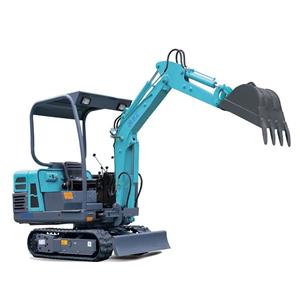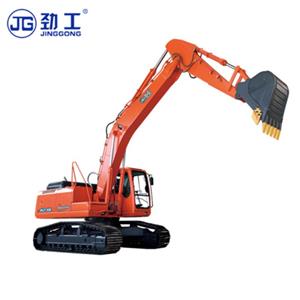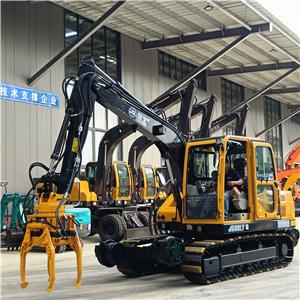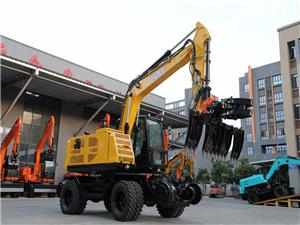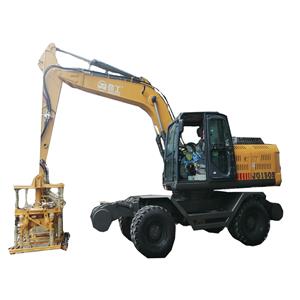- Home
- >
- News
- >
- Industry News
- >
- How determine the right size or capacity of an excavator for my client's projects?
How determine the right size or capacity of an excavator for my client's projects?
1. Define project requirements: Understand the scope of your client's project, the type of work to be done, and the specific tasks the excavator will perform. This information is crucial in determining the most suitable excavator size and capacity.
2. Evaluate site conditions: Familiarize yourself with the project site, including factors like soil type, terrain, accessibility, and any physical constraints. These factors dictate the kind of excavator that would be best for the job.
3. Consider time and efficiency: Estimate the project timeline and completion deadline. A larger excavator may be more productive and efficient for larger projects, while a smaller excavator might be suitable for projects in confined areas or with tight deadlines.
4. Review local regulations and restrictions: Inspect any legal constraints or environmental regulations that might impact the choice of excavator in terms of size, weight, noise, or emissions.
5. Estimate material handling capacity: Calculate the amount of material that needs to be excavated, which will help you determine the appropriate bucket size and overall excavator capacity. Consider the bucket breakout force (the amount of force exerted by the bucket), digging depth, and dumping height.
6. Calculate operating weight and stability: Consider the operating weight and stability of the chosen excavator to ensure safety on site. Consult the manufacturer's guidelines for the specific make and model for accurate information.
7. Assess attachment compatibility: Identify if specialized attachments such as hydraulic breakers or crushers will be needed. Ensure the chosen excavator can accommodate these attachments.
8. Weigh maintenance and costs: Consider the long-term costs in terms of spare parts availability, maintenance, transportation, and fuel efficiency. Larger excavators might be more costly to maintain and transport, so balance these factors with the productivity advantages they may offer.
9. Test drive and inspect: If possible, perform a test drive and inspection of the excavator to ensure it meets the project's requirements and feels comfortable for the operator.
By considering these factors and working closely with your client to understand their unique needs, you can identify the right excavator size and capacity for their construction project.

